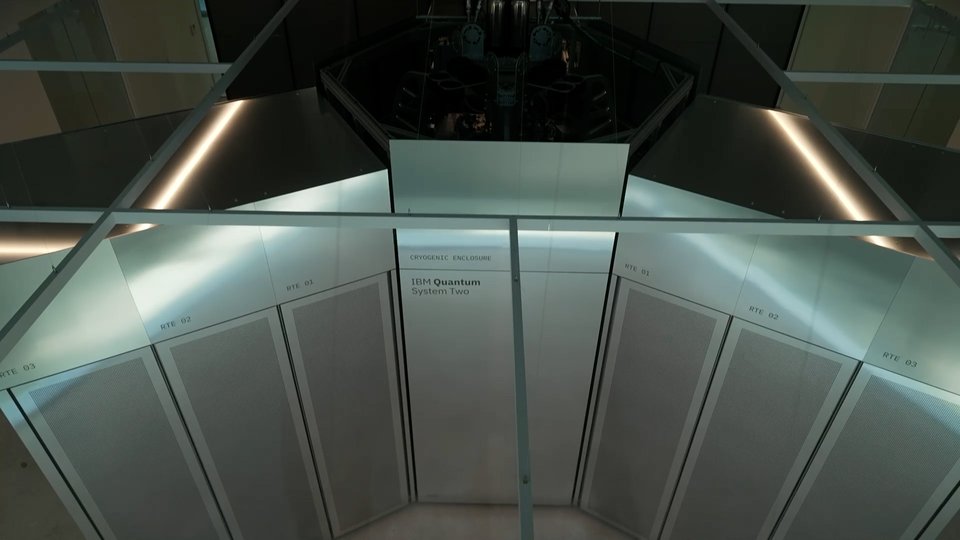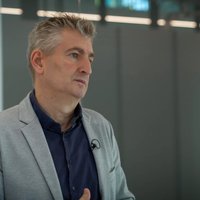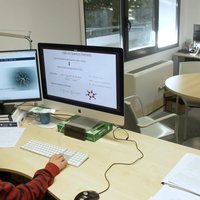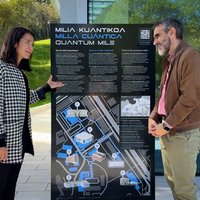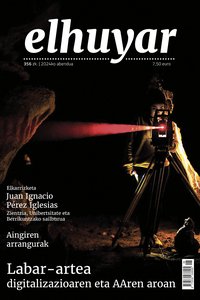Ancient DNA: Reconstruction of the biological history of Aldaieta
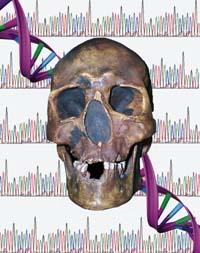
The UPV-EHU team of researchers is studying the genetic material of the bone and dental remains of the Aldaieta necropolis to interpret the biological and social significance of this necropolis. The truth is that the laboratory work of ancient DNA analysis is enormous for various reasons. On the one hand, the amount of DNA extracted from bone and dental remains is very small compared to that obtained from a live. And secondly, the resulting DNA chain is very degraded. This poses a high risk of contamination. Therefore, the results obtained must be verified again and again and be sure that they are those of the sample and not the results obtained by contamination or external agents.
In this research work, researchers first extract the DNA from the old remains and then analyze it. They usually perform mitochondrial DNA sequencing (mitochondrial DNA is collected only from the mother).
They analyze two specimens of each human being and send a third copy to another laboratory. Finally, the comparison of these three samples allows differentiating the endogenous from the results obtained by external agents. Of course, the results obtained from several samples of the same human being must be the same in all analyses.
Interpretation of the population
Although the work with the old DNA presents some problems or difficulties, thanks to this methodology developed by UPV researchers and the criteria they have taken into account when verifying the results, they have obtained reliable and contrasting data on the population buried in the necropolis of Aldaieta.

In addition to analyzing the DNA of mitochondria, they have performed the characterization of the Y chromosome by studying the old DNA to obtain information about the genetic line of the father. All this has shown that in this necropolis there are family relationships and that the human beings of the same family are in the nearby tombs. In addition, gender differentiation is evident. Men have the most goods and the most important.
Undoubtedly, the genetic study of skeletal remains is an arduous task and the finding of the results has many difficulties. However, it is essential to reconstruct or know the biological history of the human population.
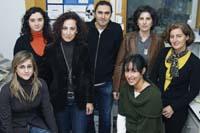
Buletina
Bidali zure helbide elektronikoa eta jaso asteroko buletina zure sarrera-ontzian



